13 Tips for Finding Designer Deals at Thrift Shops
Thrift shopping can be a treasure hunt, especially if you know where to look. Finding designer deals is all about timing, patience, and a keen eye for quality. Start by understanding the store layout to spot high-end pieces faster. Keep an open mind and remember, some of the best finds may be tucked away. With a few helpful tips, you can turn a simple shopping trip into a rewarding experience.
This post may contain affiliate links, which helps keep this content free. Please read our disclosure for more info.
Know What You Are Looking For
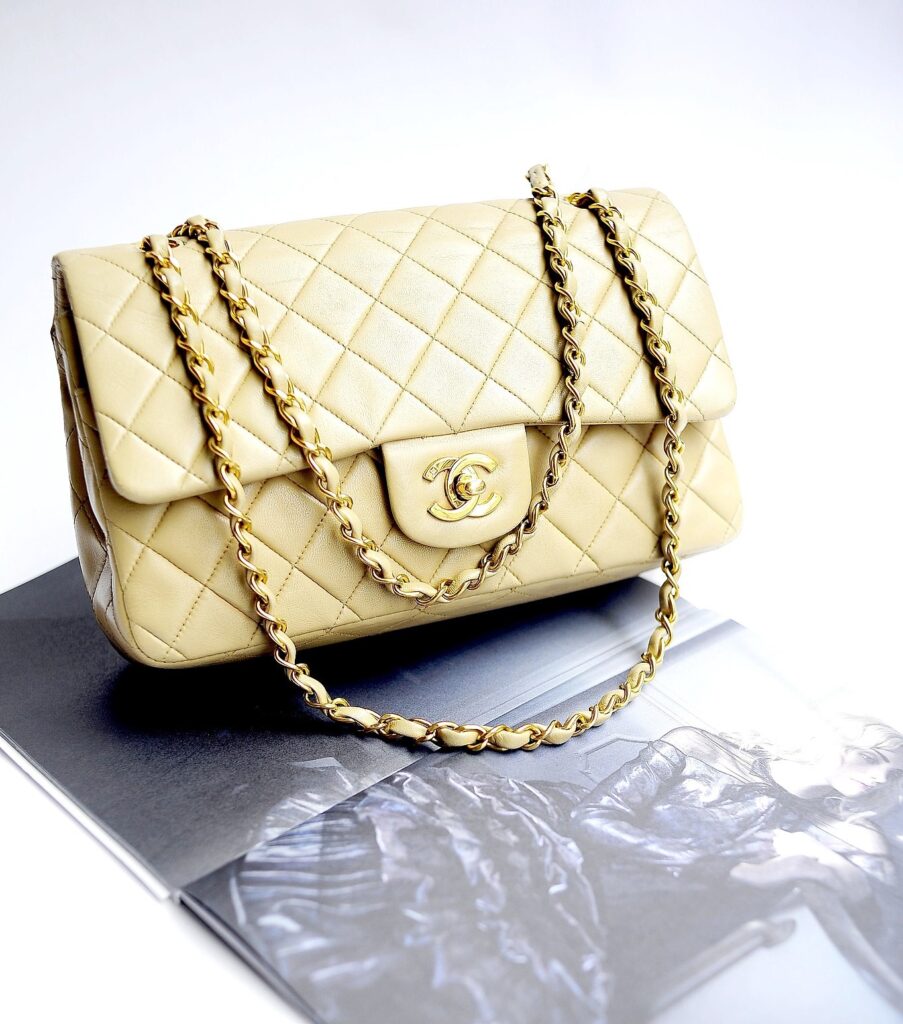
Before heading to a thrift shop, it is helpful to have an idea of what you want to find. Make a list of items, like designer bags or shoes, that you are interested in. This will help you focus your attention on the right sections of the store. It also saves time, especially when shops can be large and overwhelming.
Being specific about the types of items you seek helps you avoid distractions. It allows you to spot a high-quality piece more quickly, whether it’s a vintage Chanel handbag or a Gucci scarf. When you know what you are after, you can act fast when a great item appears. This approach makes your trip more efficient and rewarding.
Visit Often and at the Right Time
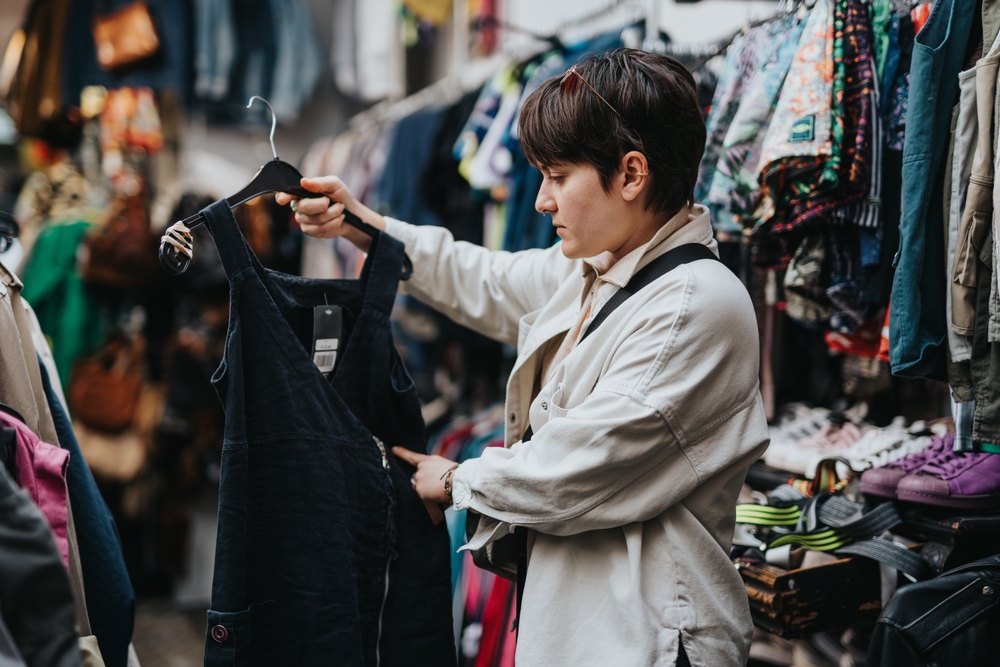
Thrift shops receive new items regularly, so frequent visits increase your chances of finding designer deals. It is especially beneficial to visit when they restock or during sales events. Many thrift stores offer weekly promotions or seasonal discounts that can lead to even better deals.
Timing is everything, and finding the best deals often depends on getting there before someone else does. Early mornings or mid-week visits tend to offer less competition. This strategy gives you the opportunity to score the best pieces before they are snatched up.
Look for High-Quality Fabrics and Materials
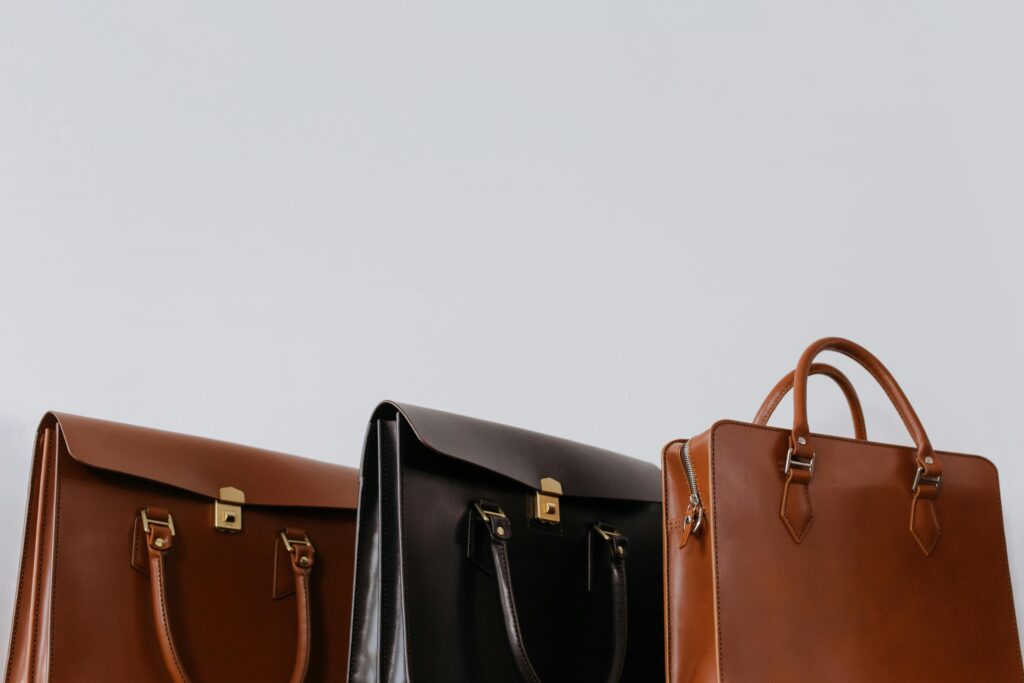
When hunting for designer items, focus on the fabric and materials used. Luxury brands often use superior fabrics like leather, silk, and wool that stand out from mass-produced items. A quick touch or inspection of the material can help you determine its quality.
Pay attention to how the fabric feels and drapes. Designer items will often have a distinct texture, finish, or weight. Knowing which materials indicate high-quality design will guide you towards better finds, even if the label is missing.
Check the Brand Labels
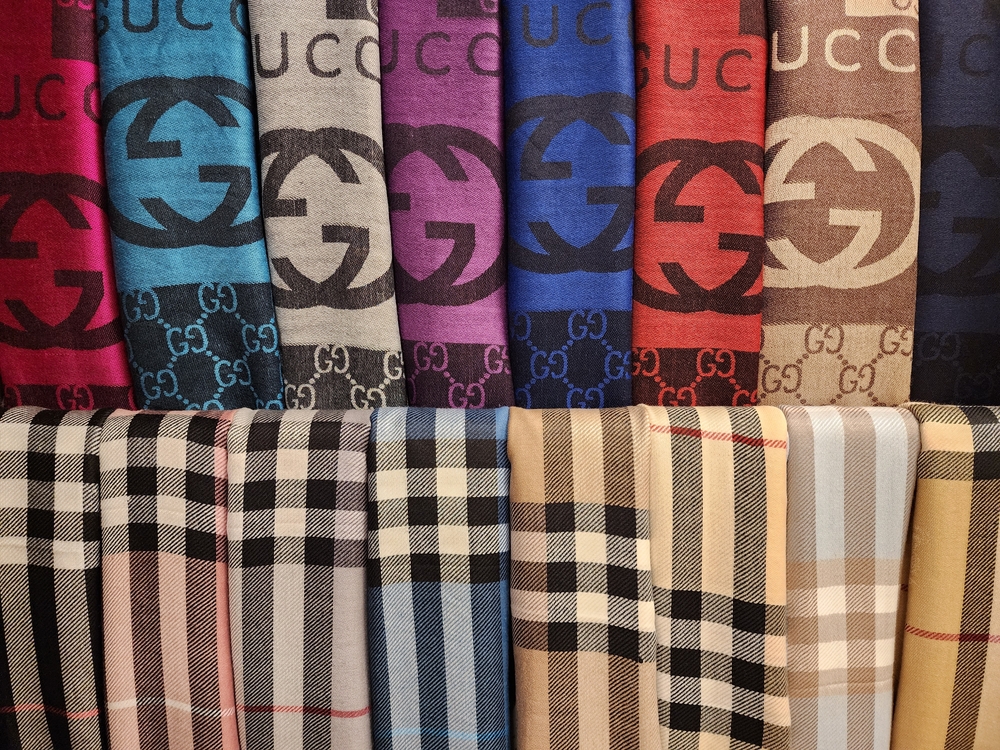
Designer brands often place labels in consistent places, so get familiar with where to look. Check the inside of the collar, waistline, or the pocket seams, as labels are often hidden in these areas. Look for details like stitching, which is often more refined on designer pieces.
Labels may not always be easy to spot, especially if the item has been worn or altered. However, learning about the typical placements and styles of different designer labels will help you identify them faster. Take note of these subtle signs, as they are often a quick giveaway of a genuine designer piece.
Examine the Condition Carefully
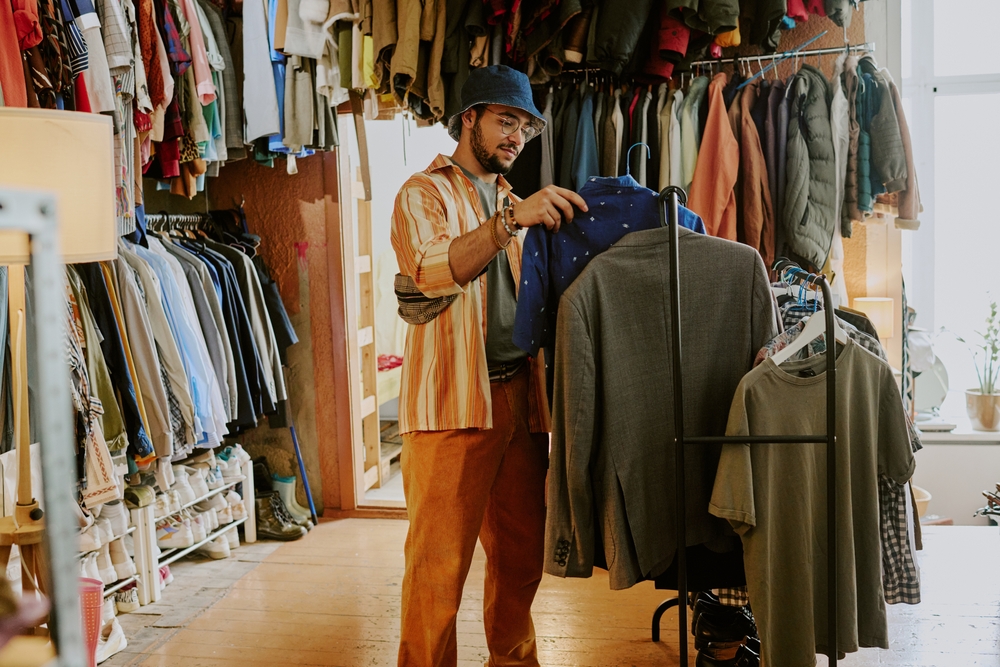
While some wear and tear is expected, high-end items usually show better craftsmanship and durability. Carefully inspect each item for any damage, stains, or missing pieces, but also consider how easy it might be to repair. Many designer items hold their value even with minor flaws.
If the item has a small flaw, consider whether it can be fixed. Often, a simple repair job, like replacing a button or cleaning the fabric, can turn an item into a great deal. Pay attention to the overall structure and integrity of the item to make sure it is still worth the investment.
Look for Hidden Treasures in Unlikely Sections
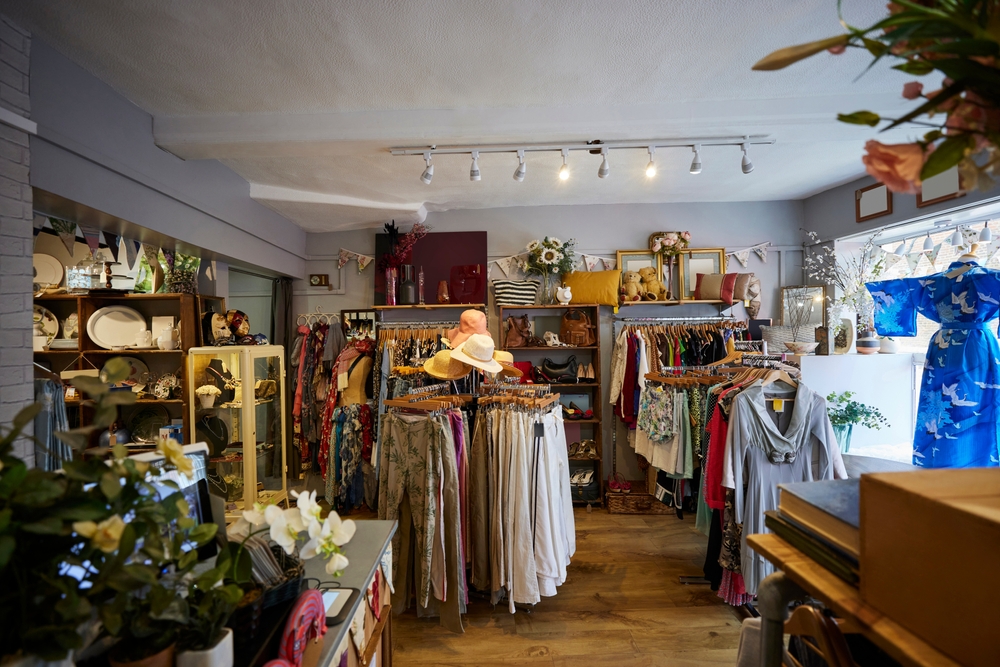
Designer items are not always neatly displayed among similar brands. Sometimes the best finds are hidden in unexpected areas, such as the home goods section or in bins marked as “miscellaneous.” Look through all sections, even if they are not directly related to clothing.
Many thrifty shoppers overlook these areas, but this is where you might discover a rare gem. You could find a vintage designer tablecloth or a leather handbag tucked away with ordinary items. Explore the entire store to increase your chances of finding something unique.
Don’t Be Afraid to Dig
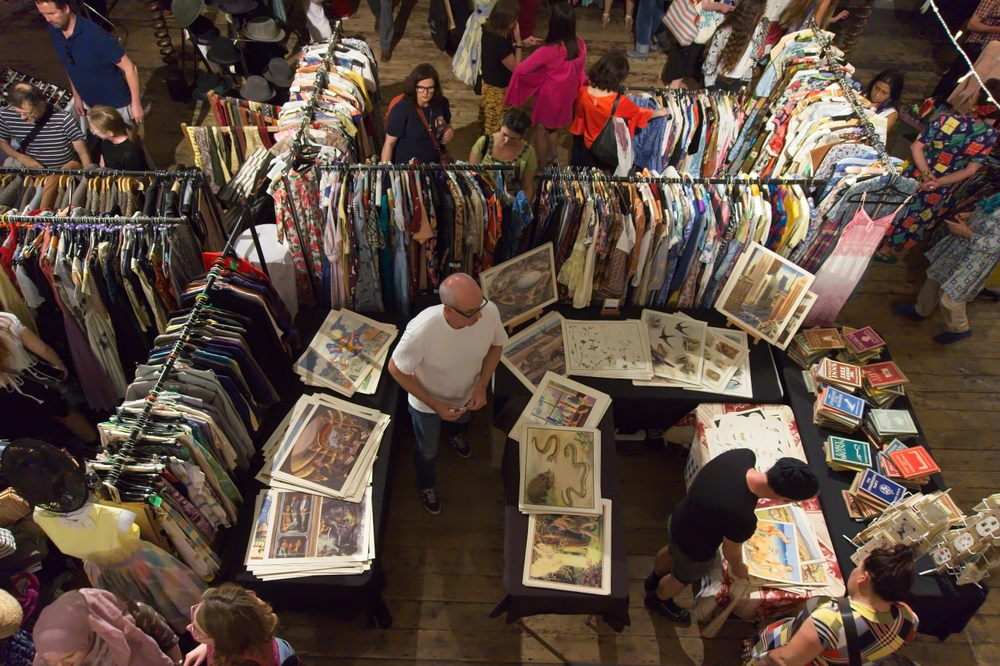
The best designer deals often require patience and persistence. You may need to dig through piles of items to uncover a hidden gem. Stay determined and take your time as you search through each rack or shelf.
Many high-quality items are not placed front and center, and they may be buried under other pieces. Be patient, as the search is part of the fun, and sometimes the best finds are in the most unexpected spots. Digging through the racks gives you a better chance of finding an amazing deal that others might have missed.
Check for Authenticity
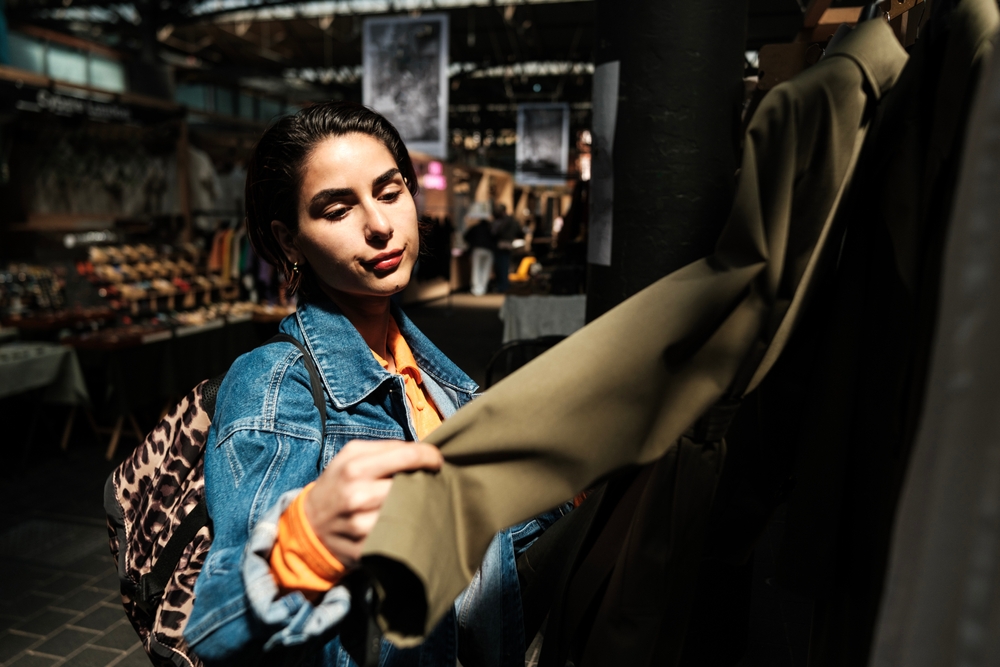
Designer pieces are valuable not only because of their brand name, but also for their authenticity. Always verify the item’s authenticity before making a purchase. Look for certain marks of authenticity, such as serial numbers or holograms, and research how they appear on different brands.
Some thrift stores may offer certificates or have experts who can confirm an item’s authenticity. If you are unsure, ask for help from the store staff or research the brand’s identifying features online. Ensuring that the item is real protects you from wasting money on a fake.
Look for Signature Styles or Classic Pieces
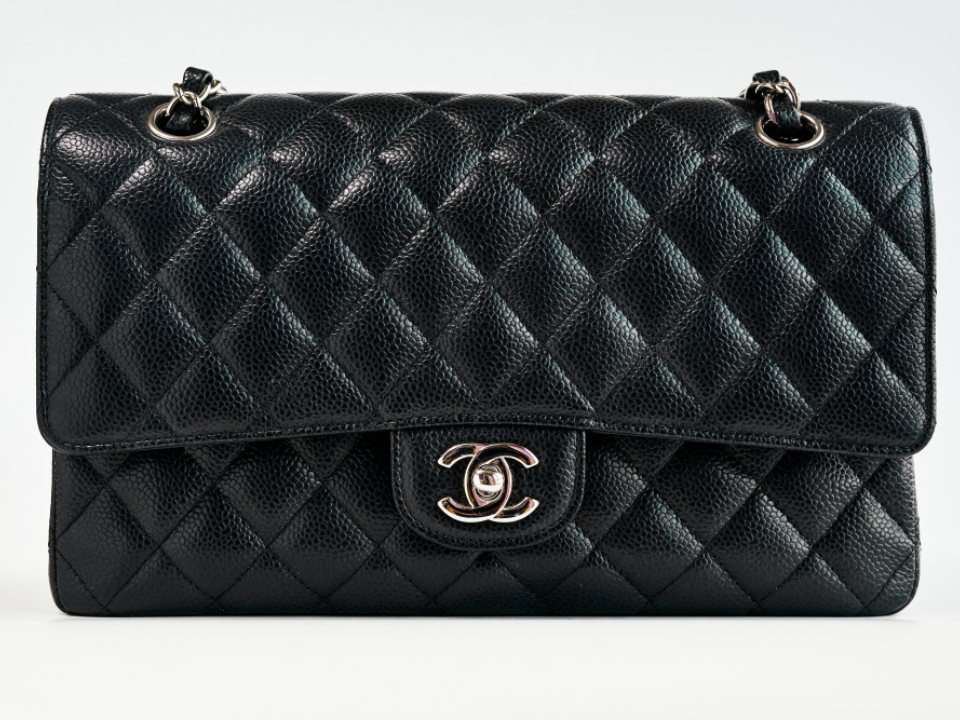
Many designer brands have signature styles or classic pieces that are instantly recognizable. A Chanel quilted handbag or a Louis Vuitton monogrammed tote are just a couple of examples of iconic items. These designs are timeless and often hold their value for years.
Knowing these signature styles helps you quickly identify valuable items. Designer brands often release limited-edition collections or iconic pieces that are highly sought after. If you spot a recognizable item, it could be a rare find worth grabbing.
Check for Proper Fit
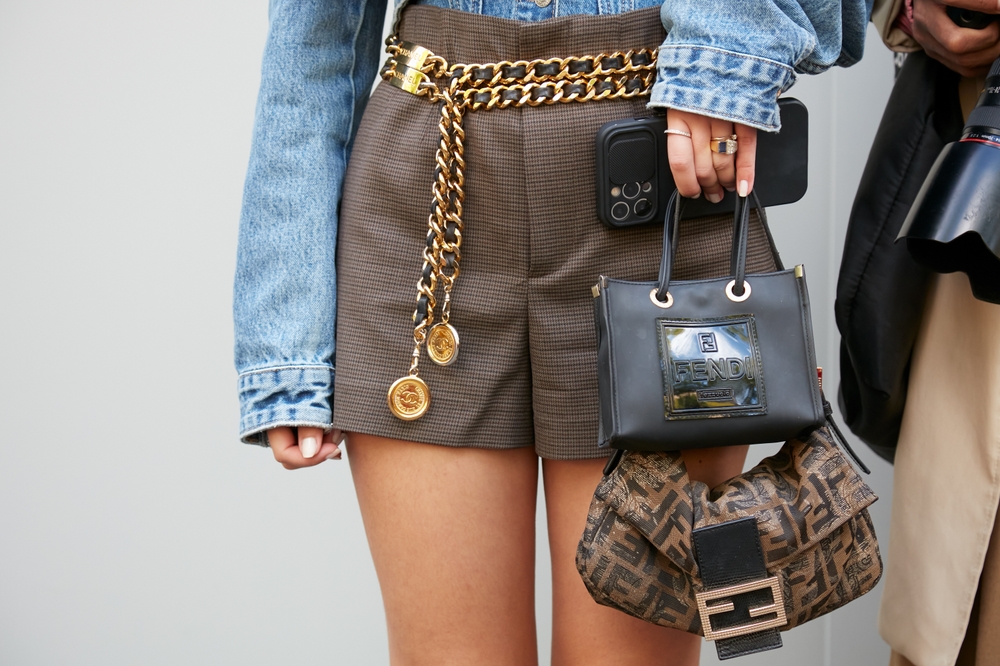
Designer items often have impeccable fits, so it’s important to check the sizing. Even if you are unsure about the fit, try the item on or hold it up to see how it fits your frame. Sometimes, designer pieces are altered, so make sure to check for signs of tailoring or adjustments.
The fit is one of the main features that make designer items stand out. If the piece has been tailored well, it’s likely still a high-quality product, even if it’s not in perfect condition. A well-fitting designer piece is always worth considering.
Know the Value of Designer Accessories
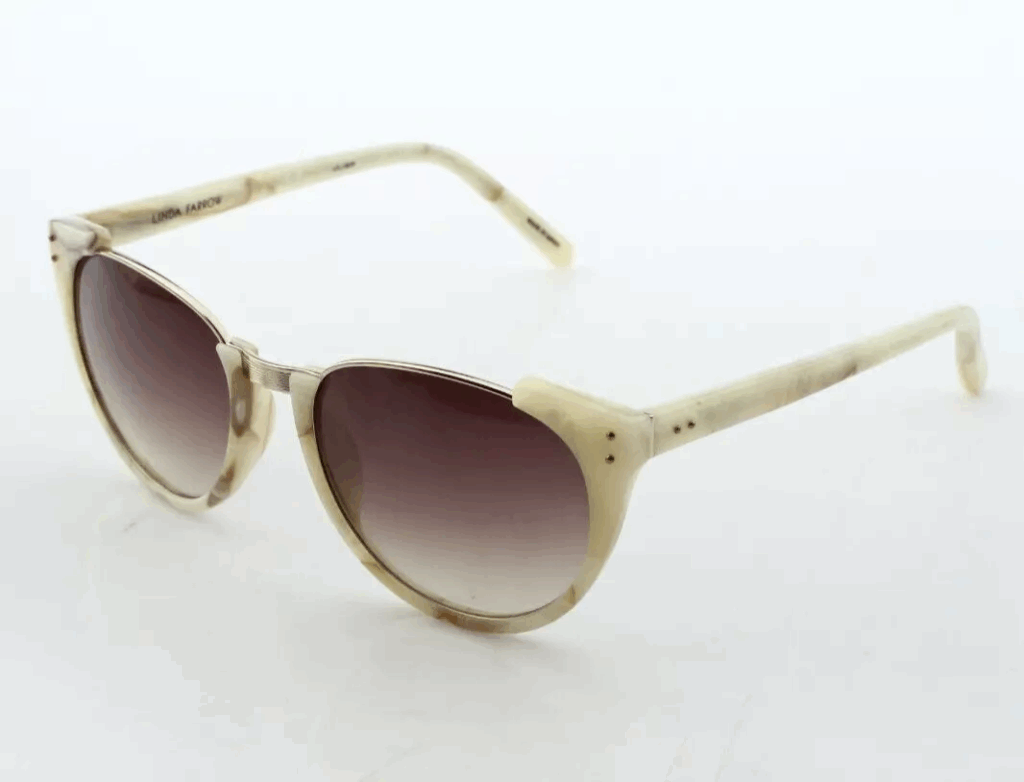
While clothing is often the main focus of thrift shopping, designer accessories like belts, scarves, and sunglasses can also hold significant value. Accessories are smaller, often easier to spot, and can be found in almost any section of the store. A high-end leather belt or a pair of designer sunglasses may be worth more than you expect.
Many collectors seek out accessories from top brands, as they tend to be more affordable than clothing items. Accessories are also easier to store and maintain, making them a good investment. Keep an eye out for these items, as they can be hidden in plain sight.
Check for High-End Labels in Unexpected Places
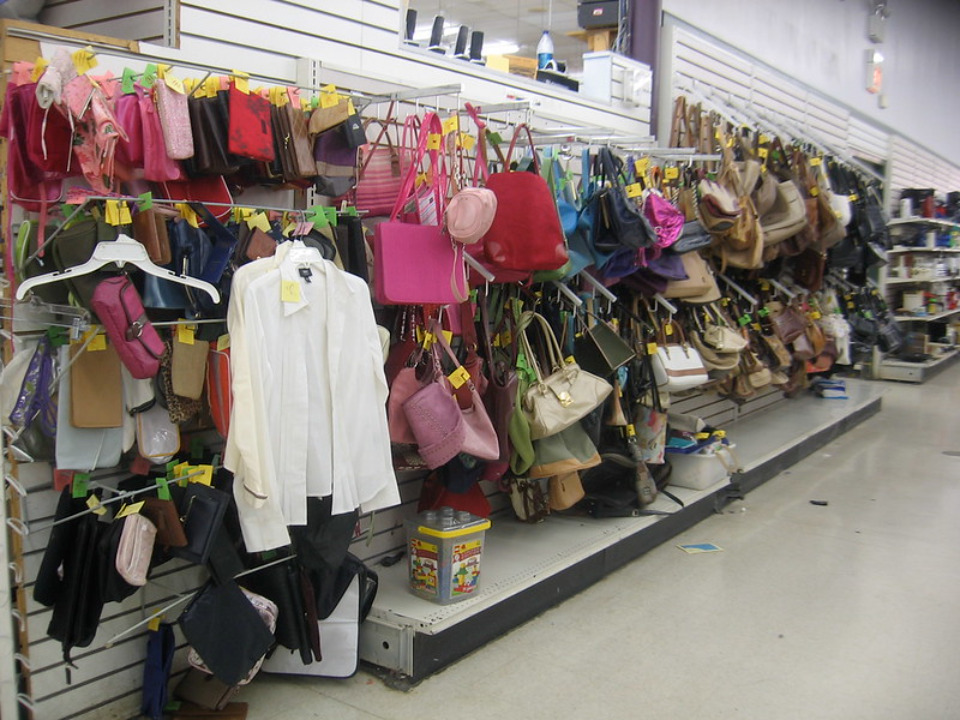
Sometimes, designer labels can be found in unexpected categories, like men’s or children’s clothing. Look through these sections, as designers sometimes create lines that cater to different demographics. A designer item in the men’s section might not catch your eye at first, but it could be exactly what you are looking for.
The same applies to smaller items like children’s shoes or bags. If you can recognize the designer’s signature style, you may uncover a high-end item that others overlooked. Don’t restrict your search to just one section, as designer pieces can be found anywhere in the store.
Build Relationships with Store Staff
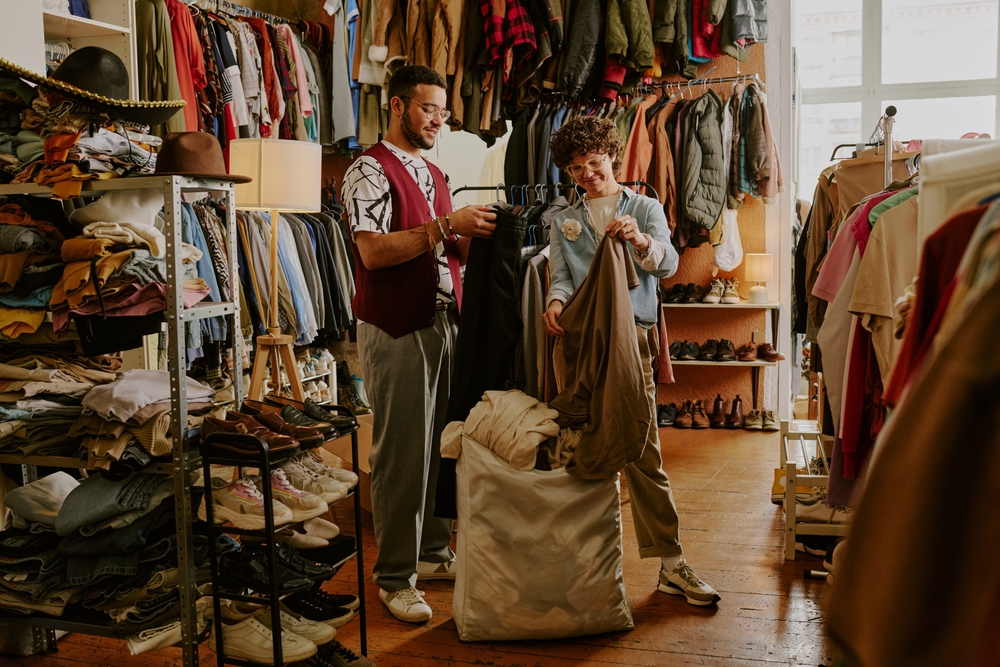
Developing relationships with store staff can give you an edge in finding designer deals. Often, staff members have insider knowledge about when new items come in or when special sales are happening. They might also help you identify valuable pieces as they process donations.
Being a regular customer and developing a rapport with the staff can give you access to deals that others may not know about. Sometimes, store staff will set aside items for loyal customers or provide early access to sales. Building a relationship with them can increase your chances of scoring designer finds before anyone else.
This article originally appeared on Avocadu.
